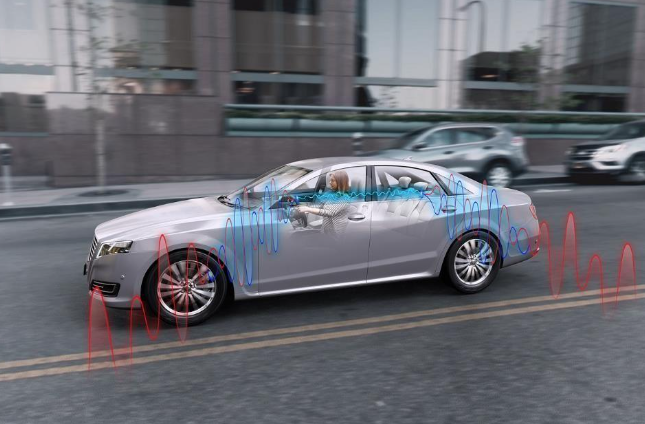
Molex has introduced an accelerometer-based road Noise reduction (RNC) sensor, the first in a new family of active noise reduction (ANC) sensors for vehicles. These sensors will play a key role in noise reduction, helping to reduce driver fatigue by eliminating harmful road noise, wind noise and automotive HVAC noise, as well as low-frequency sounds.
Advances in the electronics industry have enabled ANC technology to change the way car manufacturers respond to traffic noise. ANC is commonly used for noise cancellation in high-end headphones. ANC sensors protect the interior of a car from excessive driving noise without the need to install expensive and bulky sound-absorbing materials. By design, the ANC sensor is mounted on the chassis of the car to obtain more accurate and effective data. But the equipment installed in the wheel well and frame must be able to adapt to the harshest conditions.
"With the rapid transition to electrified vehicles, it will be critical to reduce road noise, which today is overshadowed by internal combustion engine noise," said Carrieanne Piccard, vice president and general manager of Molex's Automotive Solutions business unit. "Our long history in the automotive industry has enabled Molex to develop powerful and durable sensor technology that captures and cancels road noise, providing drivers with a safe and enjoyable driving experience."
According to a recent Automotive Future survey commissioned by Molex, 90% of new cars will be hybrid or fully electric by 2030. In fact, respondents believe that electrification, connectivity and sensor technologies in the automotive sector are among the most important innovations. They also cite how to run electronics and software in extreme cases as obstacles to overcome in innovation.
Excellent performance in harsh conditions
Molex's family of ANC accelerometers and microphone sensors uses Analog Devices' Automotive Audio Bus (A2B) technology to ensure a high-fidelity audio signal while significantly reducing cabling complexity, cost and weight. By pairing the sensor with the A2B network, Molex transmits the noise signal to the processing unit in less than two milliseconds. Sensors include integrated connectors and Daisy chains that simplify integration and reduce cable weight (up to 30%). These connectors are derived from the Mini50 series connectors from Molex. The connector can save up to 50% space compared to traditional USCAR 0.64 connectors.
In addition, Molex sensors can be used in different housings, including IP6K9K housings, to ensure better protection in harsh conditions and can therefore be installed closest to road noise. Detection of noise at its source can speed up noise processing; A2B technology also allows each chain to process more signals. Unlike other products on the market, Molex sensors are sensitive enough to measure and eliminate road noise at slower speeds, giving designers greater flexibility in sensor placement while simplifying engineering.
"Analog Devices is pleased to partner with Molex to bring to market ANC/RNC sensors based on our A2B network and MEMs accelerometer low-latency technology," said Vlad Bulavsky. "There are already indications that the quality of the Molex sensors and the simplicity of the design of the A2B/ADXL317 are resonating with our common customer base," he added.
A safer, more optimized driving experience
Molex also tested and validated its RNC sensors in conjunction with Silentium's Active Acoustics software, a combination of hardware and software that eliminates up to 90% of harmful noise over a wide frequency band (from 20Hz to 1kHz), enhancing passenger comfort, safety and well-being. In particular, it eliminates the buzzing tire noise issued between the road and the tire, and has a significant effect on reducing the highway hypnosis effect and driver fatigue.
"Partnering with Molex accelerates our capacity building to usher in a new era of safer and more enjoyable driving experiences," said Yoel Naor, Silentium CEO. "The seamless integration of Molex's sensors with our software also reduces vehicle design cycles and engineering costs," he added. Silentium's noise reduction technology is being promoted by leading automotive suppliers and vehicle manufacturers. Jaguar and Land Rover have announced the deployment of Silentium technology in October 2020.
The Products You May Be Interested In
 |
TPCM-2.4-5 | CMC 2.41MH 5A 2LN TH | 383 More on Order |
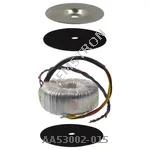 |
AA53002-015 | XFRMR TOROIDAL 300VA CHAS MOUNT | 464 More on Order |
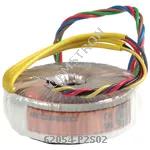 |
62054-P2S02 | XFRMR TOROIDAL 15VA CHAS MOUNT | 107 More on Order |
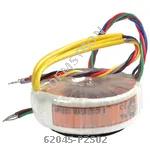 |
62045-P2S02 | XFRMR TOROIDAL 10VA CHAS MOUNT | 135 More on Order |
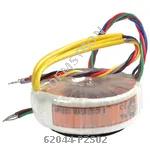 |
62044-P2S02 | XFRMR TOROIDAL 10VA CHAS MOUNT | 336 More on Order |
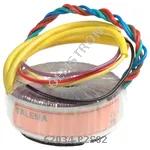 |
62034-P2S02 | XFRMR TOROIDAL 7VA CHAS MOUNT | 441 More on Order |
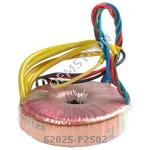 |
62025-P2S02 | XFRMR TOROIDAL 5VA CHAS MOUNT | 218 More on Order |
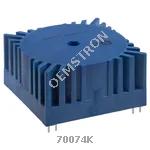 |
70074K | XFRMR TOROIDAL 35VA THRU HOLE | 380 More on Order |
 |
70043K | XFRMR TOROIDAL 10VA THRU HOLE | 309 More on Order |
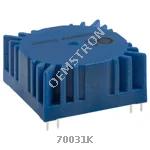 |
70031K | XFRMR TOROIDAL 7VA THRU HOLE | 481 More on Order |
 |
70024K | XFRMR TOROIDAL 5VA THRU HOLE | 486 More on Order |
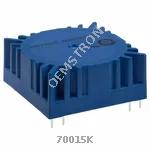 |
70015K | XFRMR TOROIDAL 3.2VA THRU HOLE | 421 More on Order |
 |
70013K | XFRMR TOROIDAL 3.2VA THRU HOLE | 244 More on Order |
 |
70011K | XFRMR TOROIDAL 3.2VA THRU HOLE | 420 More on Order |
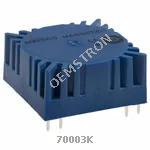 |
70003K | XFRMR TOROIDAL 1.6VA THRU HOLE | 140 More on Order |
 |
62015-P2S02 | XFRMR TOROIDAL 3.2VA CHAS MOUNT | 210 More on Order |
 |
62024-P2S02 | XFRMR TOROIDAL 5VA CHAS MOUNT | 268 More on Order |
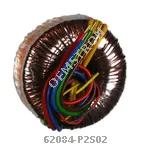 |
62084-P2S02 | XFRMR TOROIDAL 50VA CHAS MOUNT | 607 More on Order |
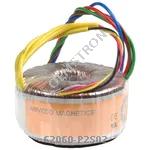 |
62060-P2S02 | XFRMR TOROIDAL 25VA CHAS MOUNT | 3963 More on Order |
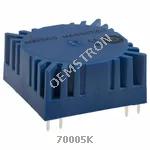 |
70005K | XFRMR TOROIDAL 1.6VA THRU HOLE | 401 More on Order |
 |
AC1200 | CURR SENSE XFMR 200A T/H | 119 More on Order |
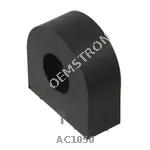 |
AC1050 | CURR SENSE XFMR 50A T/H | 409 More on Order |
 |
AC1010 | CURR SENSE XFMR 10A T/H | 254 More on Order |
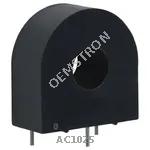 |
AC1025 | TRANSFORMER CURRENT 25.0 AMP | 235 More on Order |
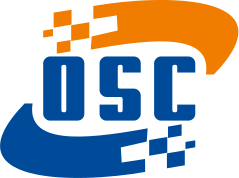
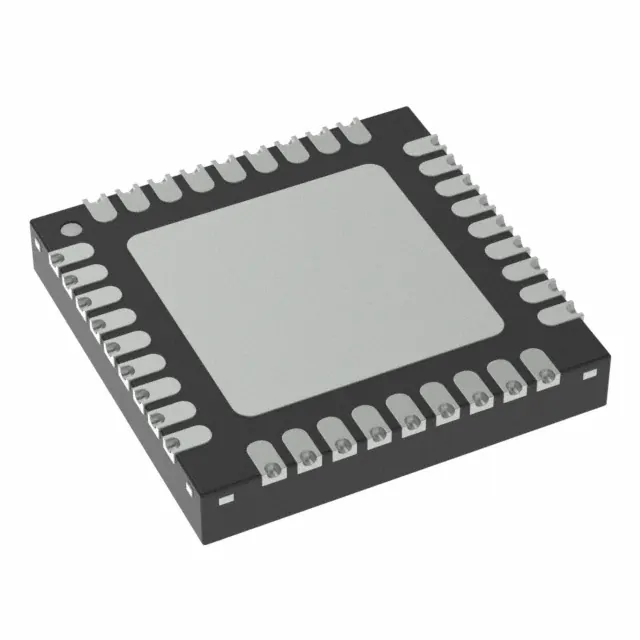 Semiconductors
Semiconductors









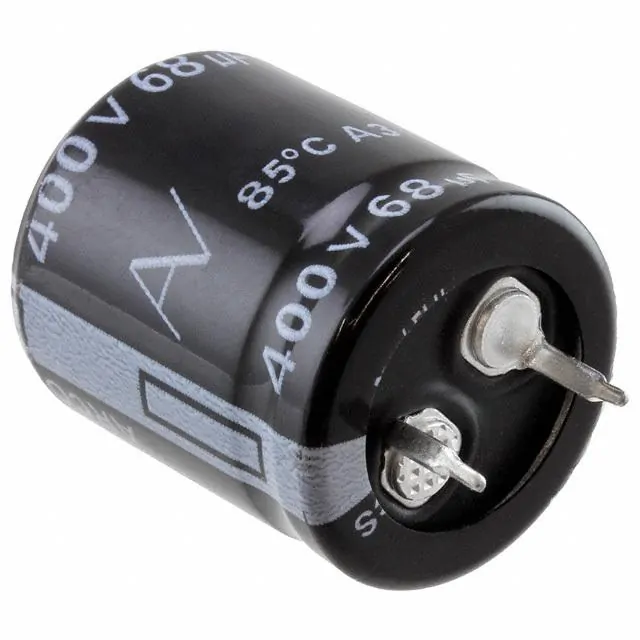 Passive Components
Passive Components









 Sensors
Sensors








 Power
Power









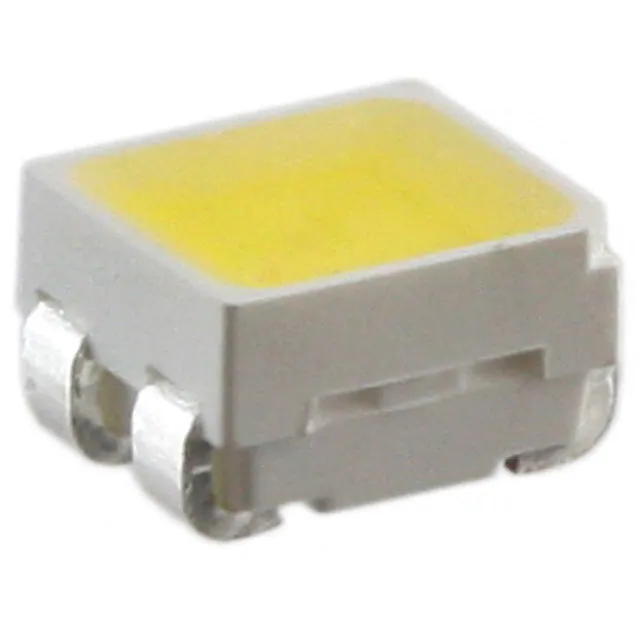 Optoelectronics
Optoelectronics








